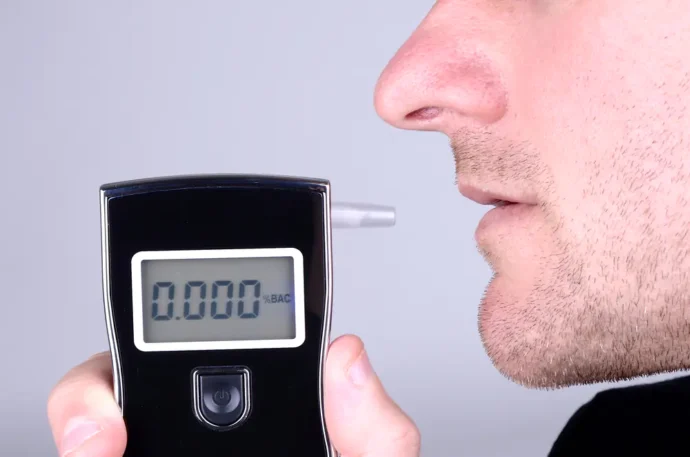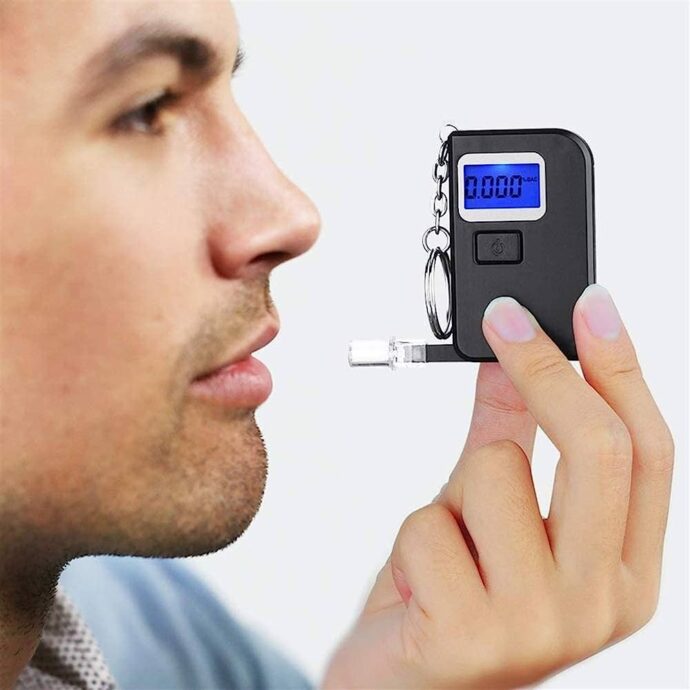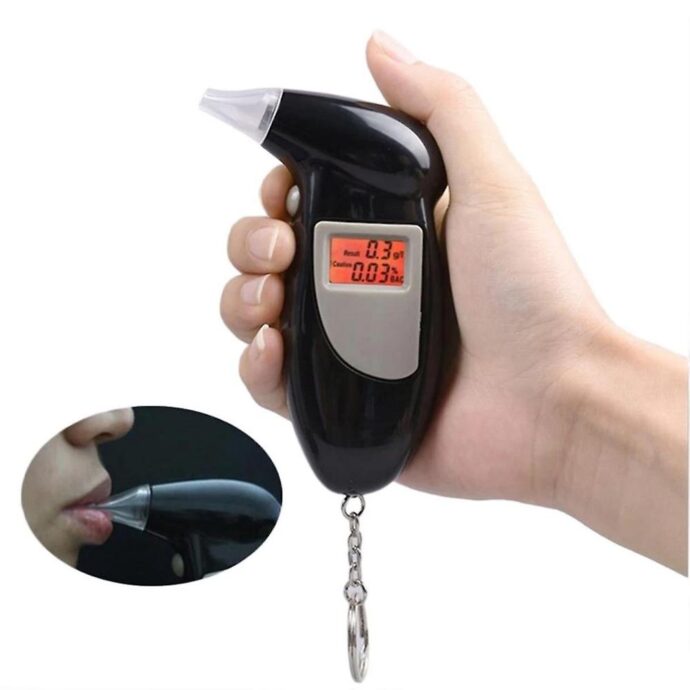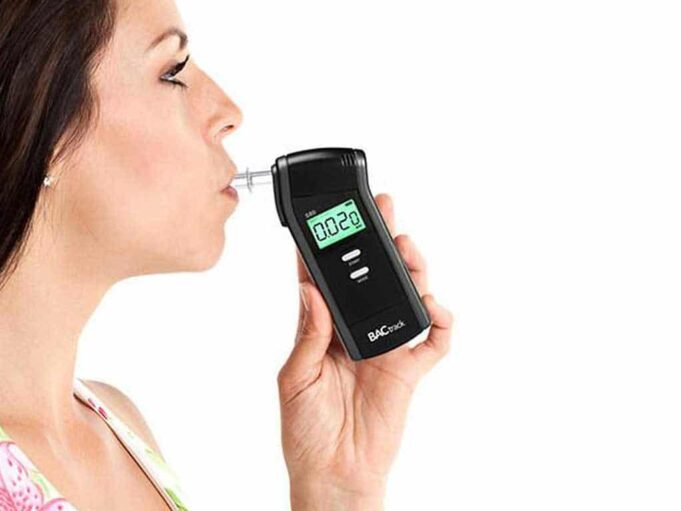Alcohol (ALC) consumption, when not kept in check, can lead to serious health problems, impaired driving, and a variety of social issues. Fortunately, the development of testers has made it possible to keep an eye on the intake, providing a reliable and quick method of estimating blood alcohol content. This comprehensive guide takes you through different types of these devices, their functioning, advantages, and limitations.
Types of Testers
Alcohol tester, also known as alcohol detector, can be broadly categorized into two types: Breathalyzers and Blood Alcohol Content (BAC) testers. Breathalyzers are portable devices that assess the concentration of an individual’s breath. They are commonly used by law enforcement agencies for roadside alcohol detection. Another type of tester is the BAC tester, which directly measures the amount present in a person’s bloodstream.
BAC testers offer a more precise measure of alcohol levels compared to breathalyzers. These are used in clinical settings and require a blood sample for analysis. However, the advent of technology has led to the development of new types of BAC testers that are less invasive and more user-friendly. Each of these devices has its own advantages and limitations, which we will discuss further.
Breathalyzer Testers

Breathalyzers are hand-held devices that provide a fast and convenient way to estimate blood alcohol content. They function on the principle that the alcohol consumed by a person is absorbed into their bloodstream and carried to the lungs, where it is exhaled in their breath. By analyzing the concentration in the breath, breathalyzers can estimate the blood ACL level of the individual.
These devices are available in a variety of models, ranging from professional-grade units used by law enforcement to smaller, personal-use models. Despite variations in size and complexity, they all function on the same fundamental principle. Their popularity primarily stems from their portability and ease of use, making them an excellent tool for detection on the go.
How Breathalyzers Work
To understand the working mechanism of breathalyzers, it’s crucial to dive into the chemistry behind the scenes. Breathalyzers predominantly operate using one of two methods: semiconductor technology or fuel cell technology. Semiconductor breathalyzers work on the principle of oxidation on a tin dioxide substance, leading to a change in the electrical resistance of the sensor. This change is then translated into a blood alcohol concentration (BAC).
Fuel cell technology, on the other hand, relies on an electrochemical process wherein ALC undergoes a chemical reaction with a catalyst, typically platinum, leading to the generation of an electric current. The strength of this current provides a measure of the alcohol present in the breath. Both these methods ensure a relatively accurate and quick estimation of an individual’s BAC.
Advantages of Breathalyzers
One of the key strengths of breathalyzers is their ease of use. They are portable, non-invasive, and provide instantaneous results. Their compact size makes them an ideal tool for roadside sobriety tests by law enforcement, reducing drunk driving incidents. Further, the readings are easily understandable, enabling anyone to assess their own ALC levels before deciding to drive.
In addition to their utility in traffic control, breathalyzers can also serve an essential role in personal health management. Their availability over the counter allows individuals and families to monitor alcohol consumption levels, encouraging responsible drinking. This has the potential to not only prevent alcohol-related accidents but also contribute to the overall well-being of the user.
Limitations of Testers

Despite their numerous advantages, alcohol testers also have certain limitations. Breathalyzers, for instance, can sometimes give inaccurate readings due to various factors such as temperature, the presence of other chemical compounds in the breath, or incorrect use. Breathalyzer readings can also be skewed if the test is taken immediately after drinking, as the device measures the alcohol concentration in the mouth rather than the alcohol absorbed in the bloodstream.
Another potential issue is the variation in tolerance to alcohol among individuals. A certain blood alcohol level might significantly impair one person but have a lesser effect on another, depending on their drinking habits and physiological factors. Consequently, while breathalyzers can provide an estimation of BAC, they might not accurately represent the level of impairment.
Blood Alcohol Content (BAC) Testers
Unlike breathalyzers, BAC testers analyze a blood sample to determine the amount of alcohol present. Traditionally, this involves drawing blood and running it through a laboratory test. However, modern technology has made it possible to use minimally invasive methods such as transdermal sensors that detect ALC through the skin or devices that use infrared light to estimate BAC.
While these methods do not replace the accuracy of traditional blood tests, they offer a more comfortable and user-friendly way to monitor the levels. Additionally, some modern BAC testers can also provide continuous monitoring, a feature that is particularly beneficial for people undergoing treatment for addiction.
How BAC Testers Work
BAC testers, particularly the traditional ones, operate based on a straightforward premise: a sample of blood is drawn and then analyzed in a laboratory using either enzymatic or chromatographic methods. The latter is considered the gold standard in blood alcohol analysis due to its high precision and ability to detect even small amounts.
In the case of modern, non-invasive BAC testers, the method of detection varies. Transdermal sensors work by analyzing the sweat on the skin surface for alcohol, while infrared devices estimate BAC by measuring the absorption of specific wavelengths of light by ALC molecules in the skin. These methods offer a less invasive and more continuous way to monitor BAC.
Advantages of BAC Testers

The most significant advantage of BAC testers lies in their accuracy. Traditional blood tests are the most precise way to measure the actual amount of alcohol in a person’s bloodstream, providing a more accurate assessment of impairment than breathalyzers. Moreover, blood tests are less likely to be influenced by external factors, ensuring more reliable results.
Non-invasive BAC testers, while not as accurate as blood tests, offer other advantages. They allow for continuous monitoring of ALC levels, which is useful for individuals in alcohol recovery programs. Additionally, these devices are less invasive, making them more appealing for personal use. Their ability to provide a continuous readout of BAC levels can be beneficial in various settings, such as clinical trials or workplace testing.
Summary
ALC blood level testing is a comprehensive solution for monitoring consumption that will help reduce problems associated with it. It provides a reliable and efficient way of keeping tabs on the levels of an individual, saving them from possible health risks or legal hazards. With its superior accuracy and easy-to-use functionality, these testers can be used by everyone – home users, employers, and law enforcement officers – making it an invaluable tool for anyone interested in ensuring public safety or protecting people’s rights.















